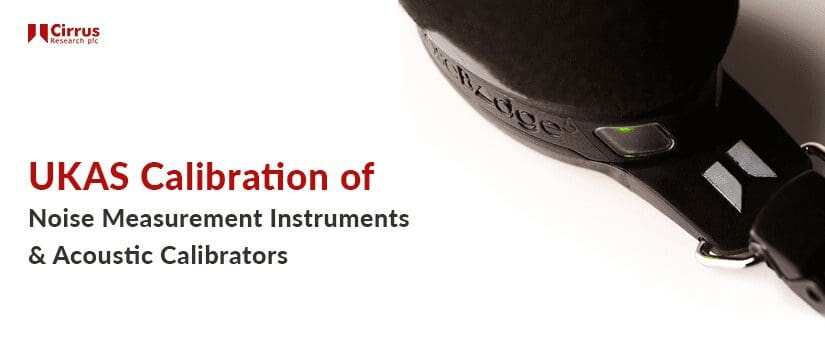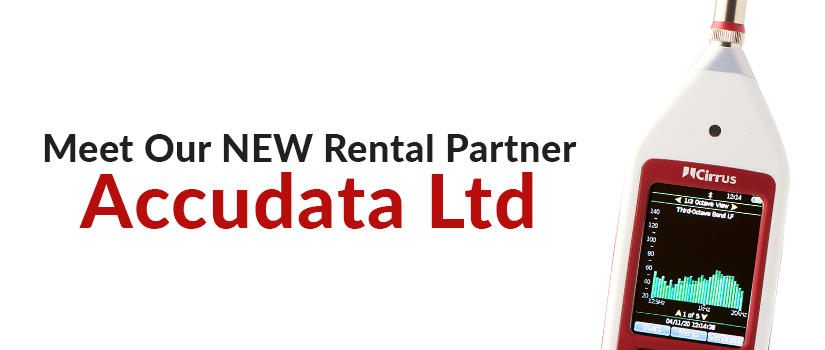When you get your noise equipment back after calibration, check that the work has been done correctly. It is vital that the calibration work has been done in accordance with the standards to which the instrument was designed.
What this means is that it is not sufficient to just check the instrument using an acoustic calibrator. Follow this check list to make sure that the instrument has been calibrated correctly and that you have the information you need for your records.
- Has the microphone capsule been checked for its sensitivity and frequency response?
Microphone capsules are very sensitive and fragile. Even if the microphone appears to be undamaged, it may have lost sensitivity or the frequency response may be compromised. Cirrus will check the sensitivity and frequency response of the microphone separately from the sound level meter using an electrostatic calibration system. - Is there a calibration chart for the microphone capsule with this information?
Cirrus will provide a calibration chart for Class 1 microphone capsules which states the sensitivity and frequency response. This information is available on request for Class 2 microphones. - Is there a certificate of calibration for the sound level meter showing the serial number and date of calibration?
- Does the certificate state against which standards the instrument has been checked?
The Certificate of Calibration should state the standards against which the instrument has been tested, ie IEC 61672-2002, IEC 60942:2003, BS7580 Part 1 etc - Does the instrument have a calibration sticker showing the correct date and has the internal calibration due date been adjusted?
If the instrument is not calibrated by Cirrus, the internal calibration due date will not be changed and this will appear in any reports that you print. Note that the doseBadge and Reader units have an internal calibration date and do not have an external sticker.
To find out more about calibration of our noise measurement instruments and why calibration is important, contact us.



